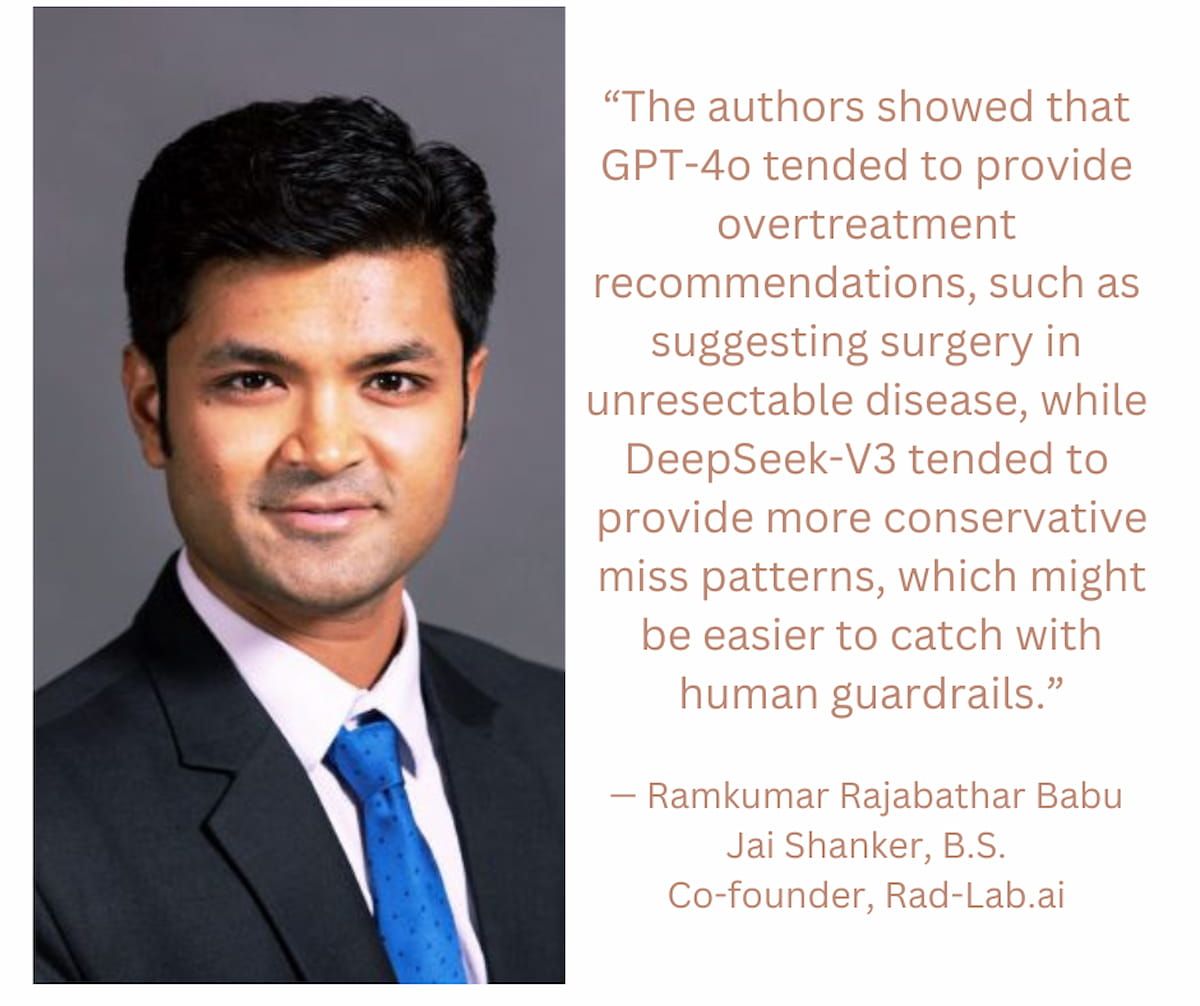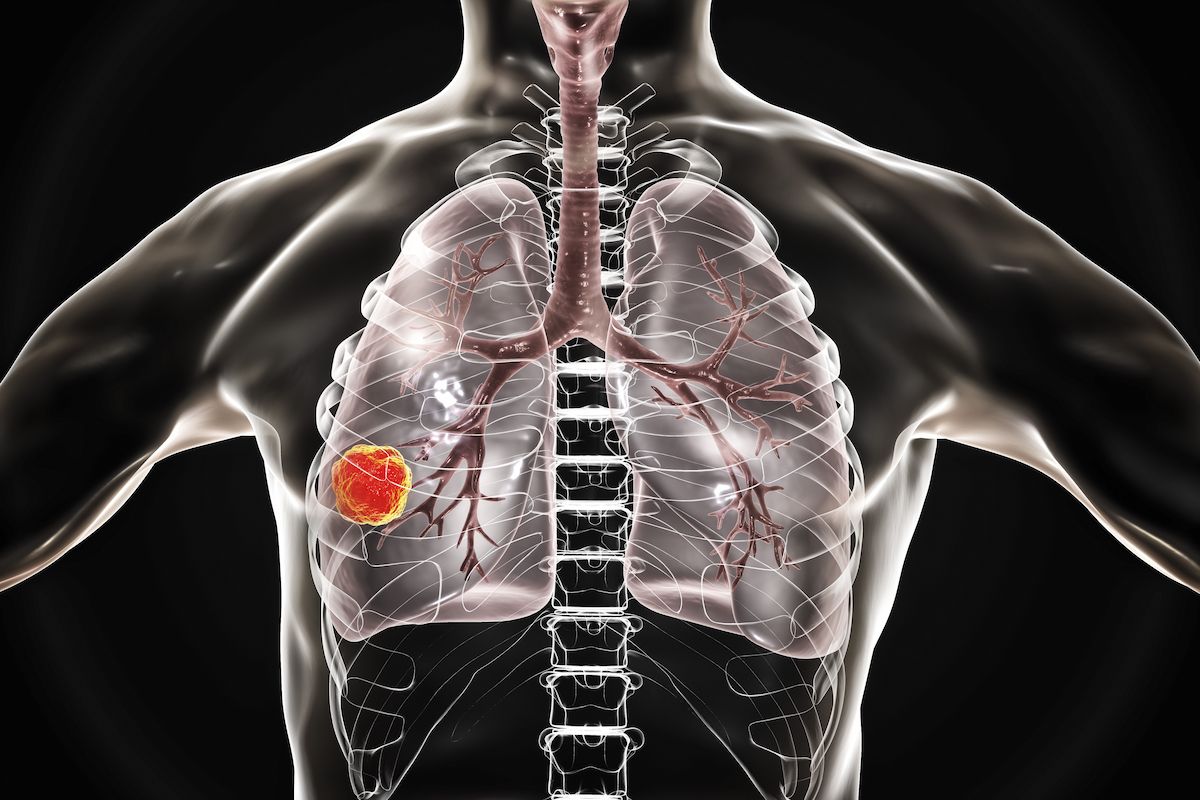In a major step towards a precision therapy for Clostridioides difficile (C. diff) infection, researchers at The Hospital for Sick Children (SickKids) have uncovered how the body’s bile acids bind to block C. diff‘s most dangerous…
Category: 6. Health
-

Time of day crucial for cancer immunotherapy treatments
Cancer survival might depend on what time of day you get your treatment, a new study says.
Lung cancer patients who received IV immunotherapy doses earlier in the day tended to live longer, researchers wrote in a study published online Monday…
Continue Reading
-

Clinical Applications of LLMs in Radiology: Key Takeaways from RSNA 2025
Many of us are still in the reflective stage after
RSNA 2025 as we attempt to summarize all the fascinating AI-focused sessions, panels, and hallway discussions. Throughout the seven imaging informatics sessions this year, a clear message became…Continue Reading
-

Tailoring Low-Protein Diets to Improve CKD Health Outcomes
Protein restriction has been used as a strategy for delaying disease progression in patients with
chronic kidney disease (CKD) for more than 140 years, said the authors of areview article covering research on a low-protein diet in animal models…Continue Reading
-

Gene Therapy Shows Promise Against T-ALL
Original story from the University College London (UCL; UK).
A groundbreaking new treatment using genome-edited immune cells, developed by scientists at UCL and Great Ormond Street Hospital (GOSH; London UK), has shown promising results in…
Continue Reading
-

Taken correctly, this mineral may shorten your cold – The Washington Post
- Taken correctly, this mineral may shorten your cold The Washington Post
- This popular supplement could shorten the duration of your cold The Independent
- What Happens to Your Cold Symptoms When You Take Vitamin C and Zinc Together Health: Trusted…
Continue Reading
-

Gray hair may have evolved as a protection against cancer, study hints
Graying hair could be a sign that the body is effectively protecting itself from cancer, a new study suggests.
Cancer-causing triggers, such as ultraviolet (UV) light or certain chemicals, activate a natural defensive pathway that leads to…
Continue Reading
-

Ivonescimab/Chemo Improves Quality of Life in Frontline Squamous NSCLC
Updated results from the phase 3 HARMONi-6 trial (NCT05840016) demonstrated that patient-reported quality of life outcomes were improved with ivonescimab plus chemotherapy compared with tislelizumab-jsgr (Tevimbra) plus chemotherapy in the…
Continue Reading
-

Astrocyte Diversity Across Space and Time Mapped
When it comes to brain function, neurons get a lot of the glory. But healthy brains depend on the cooperation of many kinds of cells. The most abundant of the brain’s non-neuronal cells are astrocytes, star-shaped cells with a lot of…
Continue Reading
-

Australian researchers pinpoint specific genetic changes linked to severe AMD
Australian researchers have for the first time pinpointed specific genetic changes that increase the risk of severe, sight-threatening forms of age-related macular degeneration (AMD).
A new study, published today in Nature…
Continue Reading
